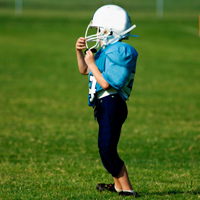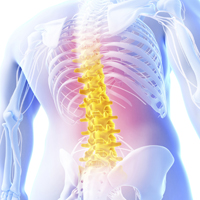Ice hockey is one of the most popular sports played in North America. Physical therapy can provide specific treatment to a number of specific ice hockey injuries. Here are a few injuries that can happen during a hockey game or practice:
Common Ice Hockey Injuries
BACK INJURIES
Hockey players are at risk for low-back injuries due to the flexed (forward) posture of skating and the frequent hyperextension (backward) stress. Low-back pain and/or a pulled muscle are the most common injuries. Stretching of the hip flexors along with strengthening of the back and abdominal muscles will help avoid these injuries.
HIP INJURIES
The hip joint and groin muscle are susceptible to injury due to the mechanisms of the skating stride. Some of the most common soft tissue injuries in hockey players include a groin strain and a hip flexor strain. Off-season strengthening and dedicated stretching before and after practice are important to prevent these injuries. In addition, a direct blow to the outside of the hip can cause a hip pointer or trochanteric bursitis. Hockey pants with reinforced padding over these areas may help protect them.
KNEE INJURIES
The medial collateral ligament is the most susceptible to a sprain because of the leg position – pushing off the inside edge of the skate blade – and contact to the outside of the knee. Anterior cruciate ligament (ACL) disruption and meniscus tears (torn cartilage) can also occur but are less common in hockey that in other sports such as football, soccer and basketball.
SHOULDER INJURIES
The most common shoulder injuries in hockey are a shoulder separation and a broken collarbone. These injuries occur from direct contact of the shoulder with another player, the boards or the ice. Treatment can include a sling, rest and in serious cases surgery.
ELBOW INJURIES
The point of the elbow is a frequent area of contact, which can result in the development of bursitis. Thick and scarred bursal tissue (which feels like bone chips, but isn’t) can be a source of recurrent inflammation. The best prevention method is wearing elbow pads that will fit well and have an opening for the elbow, soft padding and a plastic outer shell.
WRIST INJURIES
A fall on the outstretched arm or contact with the boards that forces the wrist up or down, may cause a fracture. Players should try bracing themselves against the boards using their forearms instead of their hands.



























